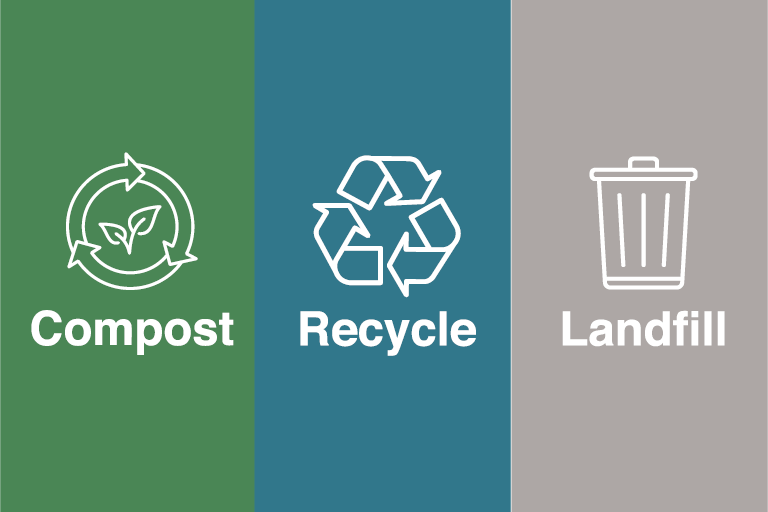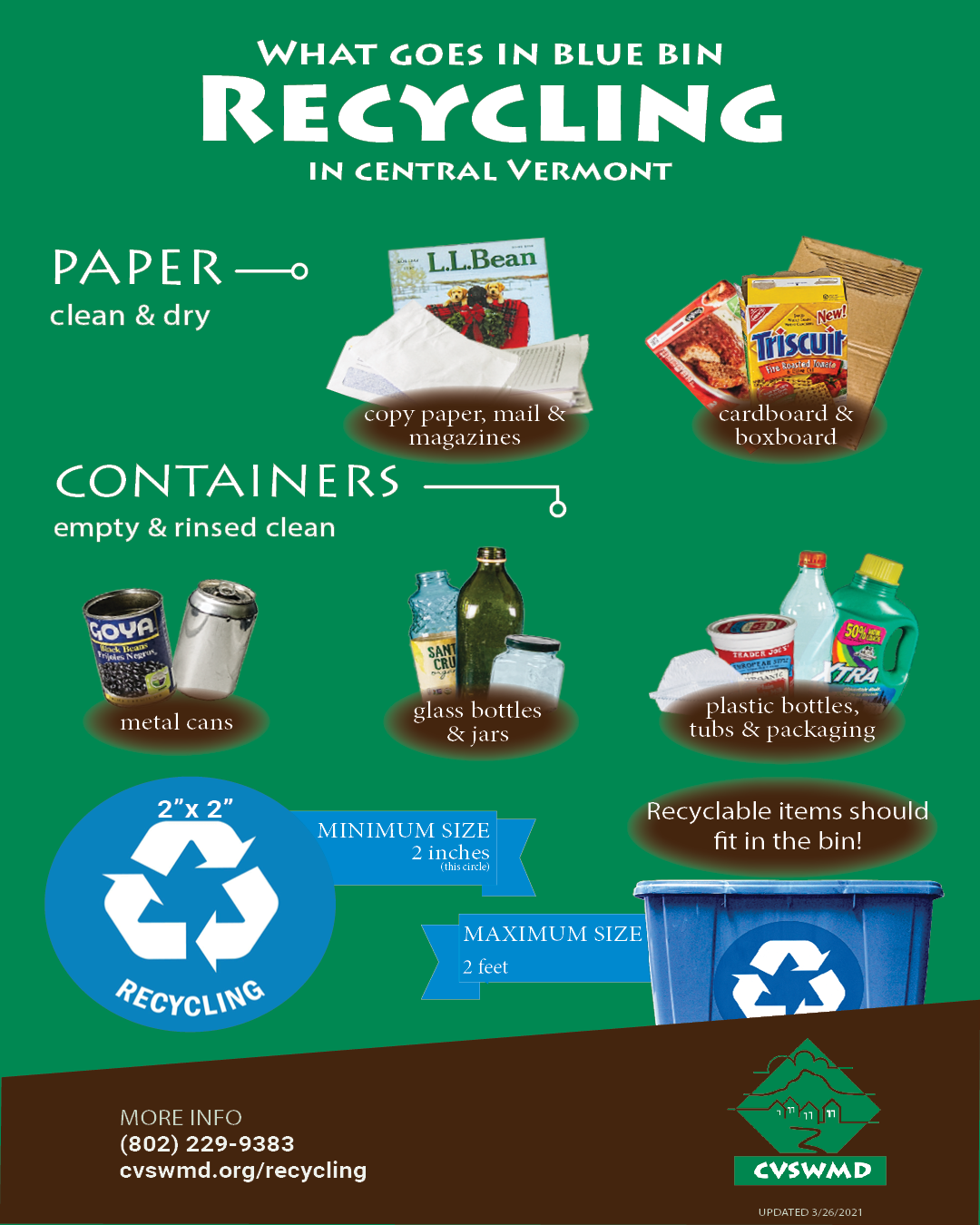Recycling Lives Services: A Total Service for Business Recycling
Recycling Lives Services: A Total Service for Business Recycling
Blog Article
Checking Out Different Sorts Of Waste in Modern Waste Administration Solution
The contemporary landscape of waste administration includes navigating a complex range of waste kinds, each needing specialized handling and disposal approaches to mitigate ecological effects. Community strong waste, harmful waste, electronic waste, and organic waste each present distinctive challenges and chances for source recuperation. Innovative services such as clever waste containers and waste-to-energy modern technologies are becoming essential devices in improving effectiveness and sustainability. Recognizing these waste kinds is crucial for promoting public recognition and motivating active participation in lasting techniques. What approaches can effectively address these diverse kinds of waste while promoting a round economic situation?
Metropolitan Solid Waste
Local solid waste, usually described as family garbage or rubbish, includes a range of thrown out materials generated by household, industrial, and institutional resources within a district. This waste stream generally consists of products such as packaging, food scraps, yard trimmings, paper, plastics, fabrics, and discarded house products. The administration of local solid waste is a crucial part of metropolitan planning and public wellness, requiring reliable collection, transportation, and disposal systems.
Reliable waste management systems are developed to lessen environmental influence while making the most of resource recuperation. Composting natural waste, such as food scraps and yard trimmings, not only minimizes land fill usage but additionally creates useful dirt changes.
Municipalities need to also deal with the financial and logistical difficulties connected with waste monitoring. Executing pay-as-you-throw systems, improving public understanding, and purchasing technology can substantially enhance waste diversion rates. By integrating these practices, districts can cultivate sustainable areas, reduce greenhouse gas discharges, and save all-natural sources.
Contaminated Materials

Reliable hazardous waste administration entails a number of essential actions: identification, disposal, partition, and therapy. Recognition requires the classification of waste based on its hazardous buildings. Partition guarantees that harmful materials are saved independently from non-hazardous waste to avoid cross-contamination. Treatment techniques, such as chemical neutralization, incineration, and stablizing, are employed to decrease the toxicity, volume, or flexibility of the waste. Disposal alternatives, consisting of safe and secure garbage dumps and below ground storage, are chosen to ensure long-term control.
Governing structures, such as the Source Preservation and Recuperation Act (RCRA) in the United States, give standards and standards for harmful waste administration. Adherence to these guidelines, coupled with innovations in waste treatment technologies, is necessary in minimizing the dangers related to contaminated materials.
Electronic Waste
Electronic waste, commonly described as e-waste, represents a rapidly expanding obstacle in waste administration systems globally. This sort of waste incorporates discarded digital gadgets and tools such as smartphones, computers, televisions, and other digital home appliances. The rapid rate of technological improvement, coupled with decreasing item life expectancies and consumer need for the latest gadgets, has exponentially enhanced the quantity of e-waste generated annually.
E-waste is especially problematic because of its intricate structure, typically including harmful substances like lead, cadmium, and mercury, which posture considerable ecological and health dangers otherwise appropriately handled. Alternatively, e-waste additionally includes useful materials such as gold, silver, and copper, which can be recovered and reused. The twin nature of e-waste-- both valuable and dangerous-- requires specific handling, reusing, and disposal procedures.
Reliable e-waste management entails stringent governing structures, robust collection systems, and advanced recycling innovations. Public understanding and engagement are crucial, as go incorrect disposal methods, such as unlawful discarding and casual recycling, worsen ecological contamination and health hazards. Consequently, enhancing e-waste management techniques is essential for mitigating environmental effect and recovering important sources in an increasingly digital world.

Organic Waste
Organic waste, comprising cooking area scraps, lawn trimmings, and agricultural deposits, represents a substantial portion of the international waste stream. This kind of waste is naturally degradable, implying it can be damaged down by microorganisms right into less complex natural compounds. Regardless of its potential for all-natural decomposition, inappropriate administration of natural waste can result in negative environmental effects, consisting of the discharge of greenhouse gases such as methane, which add to climate adjustment.
Effective administration of organic waste is critical for reducing these ecological influences (recycling lives services). Composting is a widely adopted approach, transforming organic waste into nutrient-rich garden compost that can boost dirt health and agricultural efficiency. In addition, anaerobic digestion is an emerging modern technology that transforms organic waste into biogas, a renewable resource source, and digestate, which can be made use of as fertilizer
Municipalities and waste management entities have to implement robust natural waste collection and therapy programs to make the most of the benefits of these procedures. Public education and learning projects can additionally play a pivotal duty in encouraging houses and companies to different natural waste from various other kinds of waste. By focusing on the management of natural waste, societies can reduce landfill use, reduced greenhouse gas discharges, and develop beneficial results for farming use.

Ingenious Waste Administration
In the realm of waste management, ingenious methodologies are transforming how societies handle their refuse, intending for sustainability and efficiency. These developments include a variety of innovations and techniques that boost recycling rates, decrease landfill dependency, and lower ecological influence. One noticeable innovation is the implementation of smart waste bins geared up with sensors that keep an eye on fill levels and enhance collection courses. This not only reduces fuel intake but also reduces greenhouse gas discharges.
One more more significant development is the adoption of waste-to-energy (WtE) modern technologies. By transforming non-recyclable waste into usable energy via procedures such as incineration and anaerobic digestion, WtE reduces land fill problem and provides an eco-friendly energy resource. In addition, improvements in chemical reusing permit the break down of complex plastics right into their initial monomers, allowing the development of new, high-quality plastic items.
Additionally, the circular economic climate model is gaining traction, stressing the layout of products and systems that prioritize reusability and source effectiveness. This all natural method urges industries to lessen waste generation from the outset. With these cutting-edge techniques, modern-day waste management systems are not only addressing the instant obstacles of garbage disposal but likewise leading the way for a much more lasting future.
Conclusion
A detailed understanding of municipal solid waste, harmful waste, digital waste, and natural waste, coupled with the application of ingenious waste monitoring remedies, is crucial for alleviating ecological influences. Integrating innovations such as clever waste containers and waste-to-energy systems can enhance efficiency and sustainability. Efficient waste monitoring techniques not just foster resource healing however additionally promote public awareness and participation, eventually contributing to the development of a round economic climate.
The contemporary landscape of waste monitoring involves browsing an intricate range of waste types, each needing specialized handling and disposal techniques to alleviate environmental effects. Local strong waste, unsafe waste, electronic waste, hop over to these guys and organic waste each existing distinct challenges and opportunities for source healing.Digital waste, frequently referred to as e-waste, represents a rapidly growing obstacle in waste administration systems around the world. Via these cutting-edge methods, contemporary waste management systems are not only attending to the instant challenges of waste disposal but additionally leading the means for an extra lasting future.
A detailed understanding of local solid waste, hazardous waste, electronic waste, and organic waste, coupled with the implementation of cutting-edge waste monitoring solutions, is vital for mitigating ecological effects. (recycling lives services)
Report this page